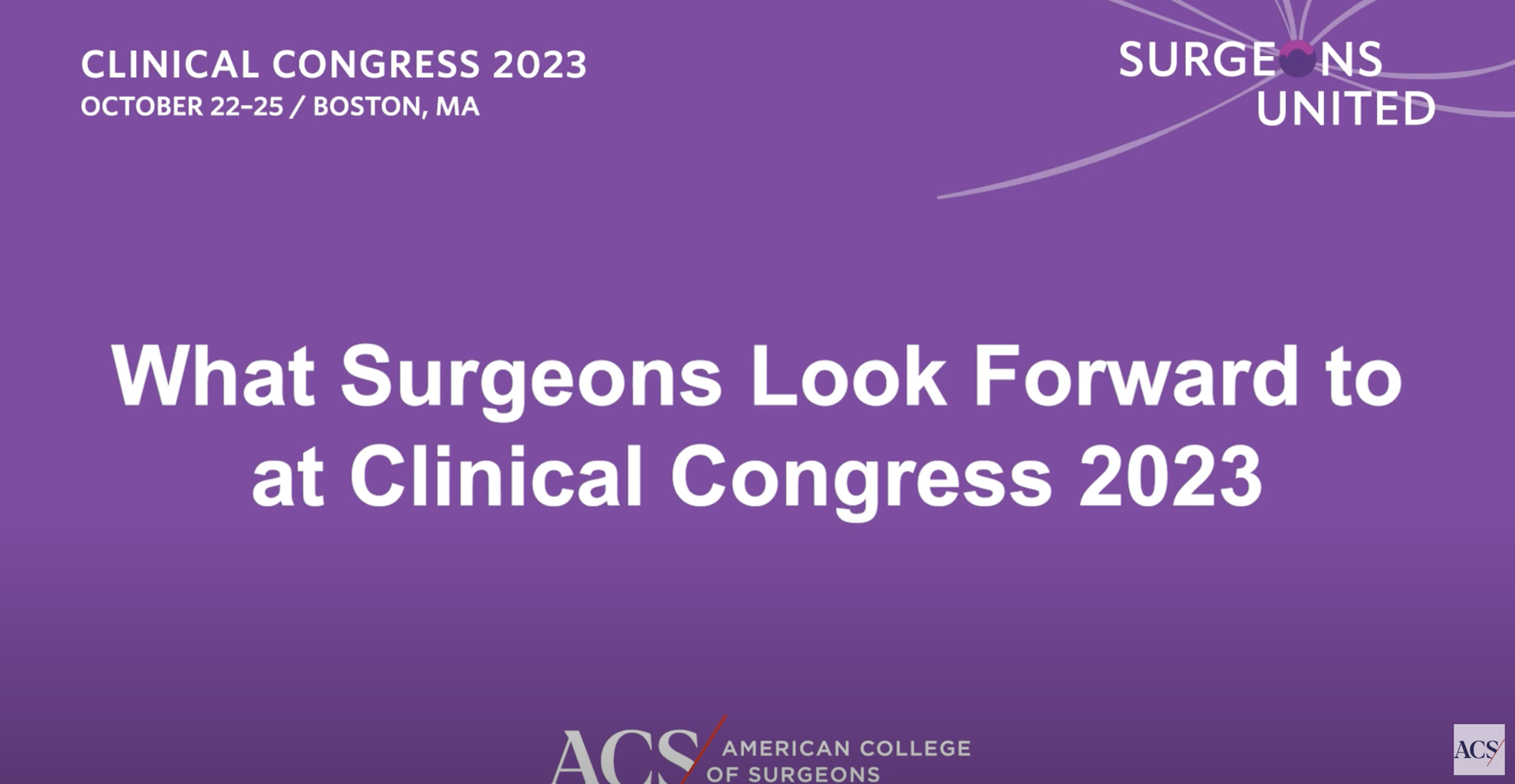Examining Incidence and Risk Factors Associated with Postoperative Urinary Retention after Inguinal Hernia Repair
Croghan SM, Mohan HM, Breen KJ, et al. Global Incidence and Risk Factors Associated with Postoperative Urinary Retention Following Elective Inguinal Hernia Repair: The Retention of Urine After Inguinal Hernia Elective Repair (RETAINER I) Study. JAMA Surg 2023 doi: 10.1001/jamasurg.2023.2137 [published Online First: 20230705]
Postoperative urinary retention (POUR) is a recognized complication of hernia repair procedures. This article reported an international study of hernia repairs (n = 4,151) performed with any surgical technique and using local, neuraxial, regional, or general anesthesia. The objective of the study was to document the rate of POUR in hernia repair surgery and identify risk factors that could stimulate research to develop interventions to reduce this complication.
The data showed that most patients underwent open hernia repairs (82.2%) and most received general or neuraxial anesthesia. POUR occurred in 5.8% of men and 2.97% of female patients; POUR was diagnosed in 9.5% of men over 65 years of age. Risk factors for POUR included older age, use of anticholinergic medication, history of urinary retention, constipation, performance of surgery outside of normal hours, involvement of the bladder in the hernia, intraoperative bladder catheterization, and increased operative duration.
The importance of this complication was confirmed by the observation that POUR was the cause of 27.8% of same-day admissions and 51.8% of 30-day readmissions. The authors noted that interventions to prevent POUR such as treatment of constipation, altering anticholinergic medications, encouraging preoperative urination and/or leaving the inserted bladder catheter for 24 hours if perioperative catheterization is necessary, as well as restriction of intravenous fluids, could potentially reduce the frequency of POUR.
Editorial
Economopoulos KP, Greenberg JA. Minimizing the Risk of Postoperative Urinary Retention After Inguinal Hernia Repair-2 Myths and an Opportunity. JAMA Surg 2023 doi: 10.1001/jamasurg.2023.2147 [published Online First: 20230705]
The accompanying editorial by Konstantinos P. Economopoulos, MD, PhD, MEng, and Jacob A. Greenberg, MD, EdM, recommended including these and other interventions in comprehensive preoperative and intraoperative protocols for prevention of POUR.









